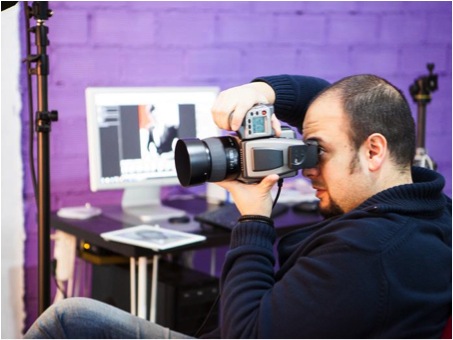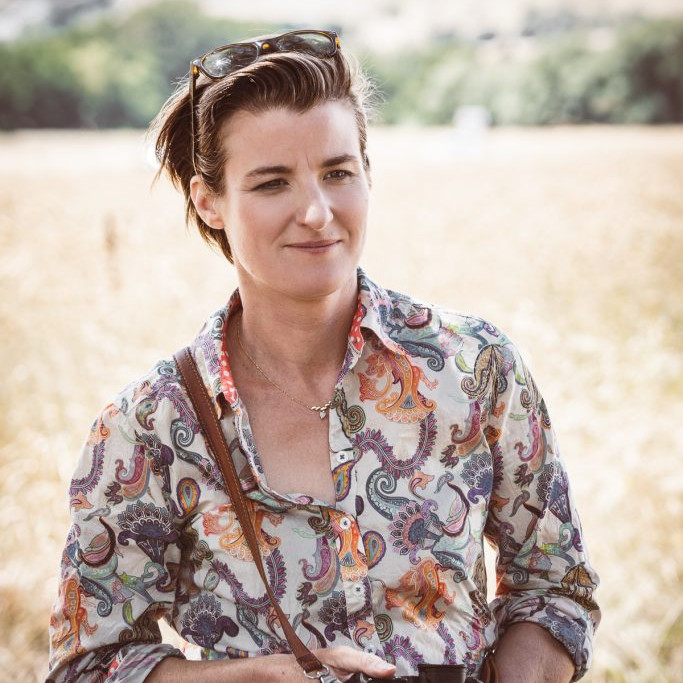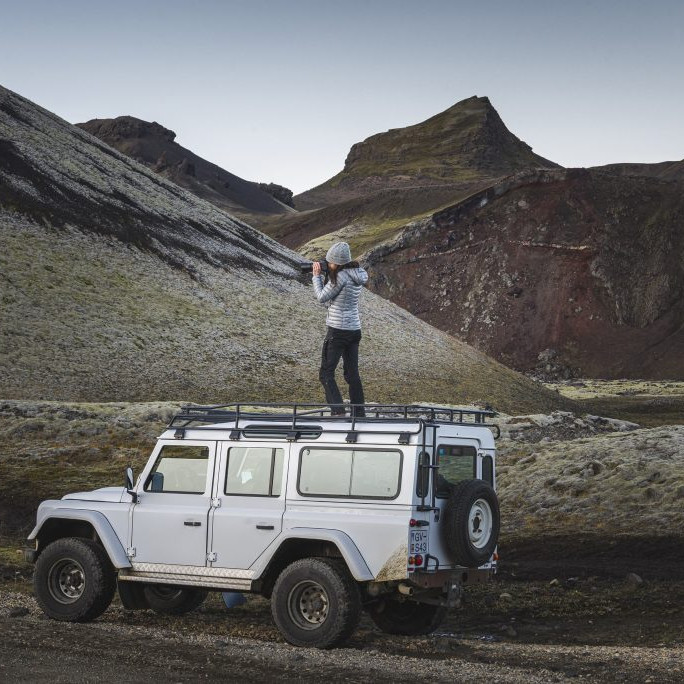Iban Montero Photographer - Bilbao, Spain
I became aware of you photography through ‘Limited Paper’. Can we begin there?
‘Limited Paper’
How did you come to work with Ane Lopes on ‘Limited Paper’?
I met Ane working on a shooting of the crew for the blog she works on. Ane Lopes is a fashion designer and needed photographs to show her collection. When I wanted someone to make my Limited Paper project real I immediately thought of Ane. She was my first choice. I am so pleased she agreed, we both had a great time as we worked on the project together.

The whole shoot has a 1950’s iconic fashion look can you discuss this?
I love classic photographers and designers work. I feel It is the zenith of elegance. I keep going back to the past for inspiration in my art. I feel that the past is much better than the present… I admire Avedon´s work (and others) and I always try to have their work in my mind.
This is my tribute to the past and their art, the magic of the dense greys in photography. It is a challenge to forget colours. I have worked only with volume and used the same material for the background as the dress.
How important was it to find the right model, Natalia Iturrequi? What look did you want?
After looking at Avedon’s work I wanted a model that could immediately be recognised as the iconic look of Dovima. Natalia Iturrequi was very charatoristic of Dovima.
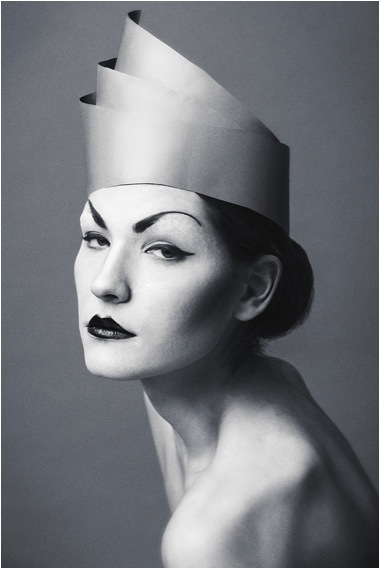
How difficult was it to work with paper and yet get so much movement?
As it is not fabric, it is very rigid and at the same time delicate. That’s why dresses are made of fabric and not paper. In the hands of a genius like Ane, she is able to make paper look so good. The paper that we used was seamless, like the background paper we use in the studio.
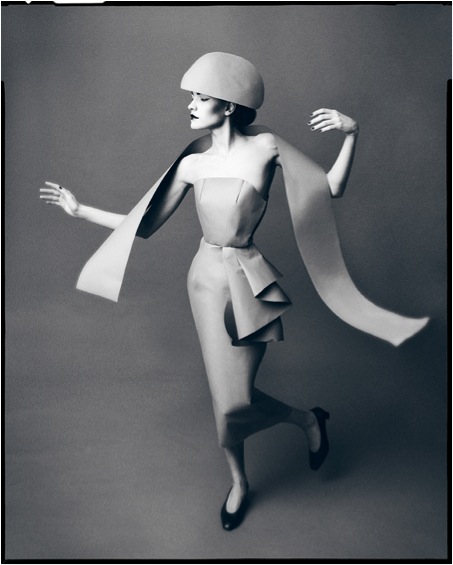
Were there any tears (crying) and tears (rips) during the photo shoot?
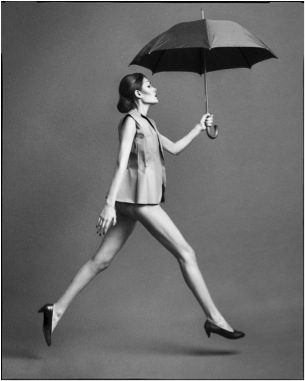
To be honest, we enjoyed the shooting a lot. It is a pleasure to work with great professionals. It was a flawless morning of work. We had wached “Funny Face” (with Audrey Hepburn and Fred Astaire), specially the part where Dovima appears, as I wanted to show Natalia the style of the movements and poses the models used in in the 1950’s in the fashion industry.
I usually have everything sketched and planned to make shootings easy for everyone. At the end we had a big ball of paper made up into dresses. Imagine how the dresses were wrinkling and breaking as Natalia moved and posed.
The photographs are all in black and white, why?
I think it is necessary – to achieve that 50´s look, the photographs have to be done on black and white film. Artisticly I reason that, to get depth and to play with volume, you need to get rid of colour.
What or who was ‘Limited Paper’ done for?
It is one of my own projects. You can call it a personal project or a portfolio project. I needed to make my ideas reality to keep my creativity sharp.
You have a video of the ‘Limited Paper’ photo shoot and you share it?
Lighting
As a photographer, I am not very interested in the technical aspects of photography. It is not about the equipment or the settings. It is all about the feeling, the atmosphere, the look… it is what you get from your subjects, not how you light them.
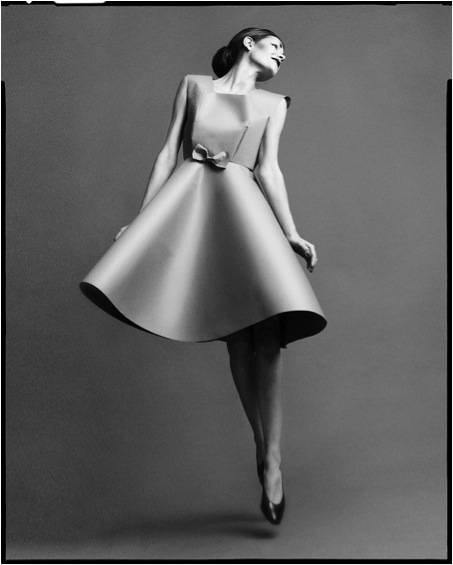
Black and White or colour
The ambiguous answer would be: it depends… sometimes colour works better and sometimes you need black and white. That is true, but I definitely love Black and white.
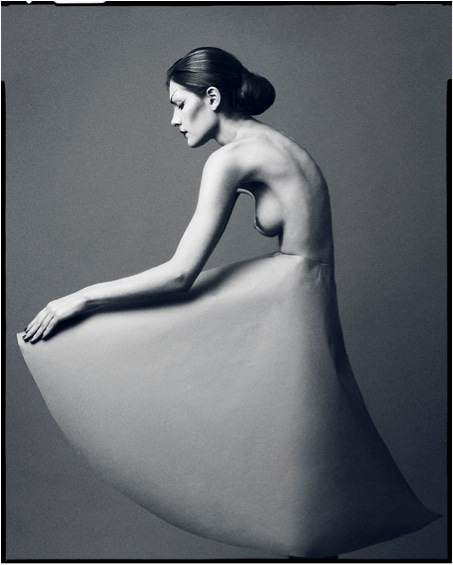
Fashion
Are most of your fashion photographs done in your studio?
I’m very familiar with neutral backgrounds. Sometimes it is better to state simplicity, minimalism, elegance… or to emphasize feelings or ideas. The “Less is More” mantra works sometimes.
Are most of your fashions photographs done without background and why?
Of course they are intimately linked. One should develop at the same time as the other and they can’t stand alone, they need each other.
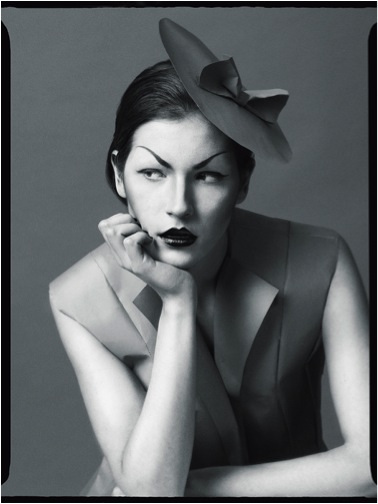
Your name is often connected to Richard Avedon can you discuss how you feel about this comparison?
Overhelmed, but honoured! It is a great success for me if 1% of my work reminds people of a genius like Avedon.
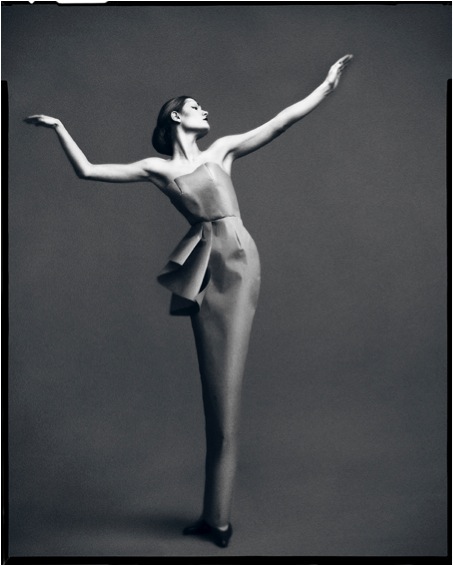
Iban Montero, Bilbao, Spain,
Interview by Deborah Blakeley, May, 2013
Think a colleague or friend could benefit from this interview?
Knowledge is one of the biggest assets in any business. So why not forward this on to your friends and colleagues so they too can start taking advantage of the insightful information the artist has given?
Other artists you may be interested in:


